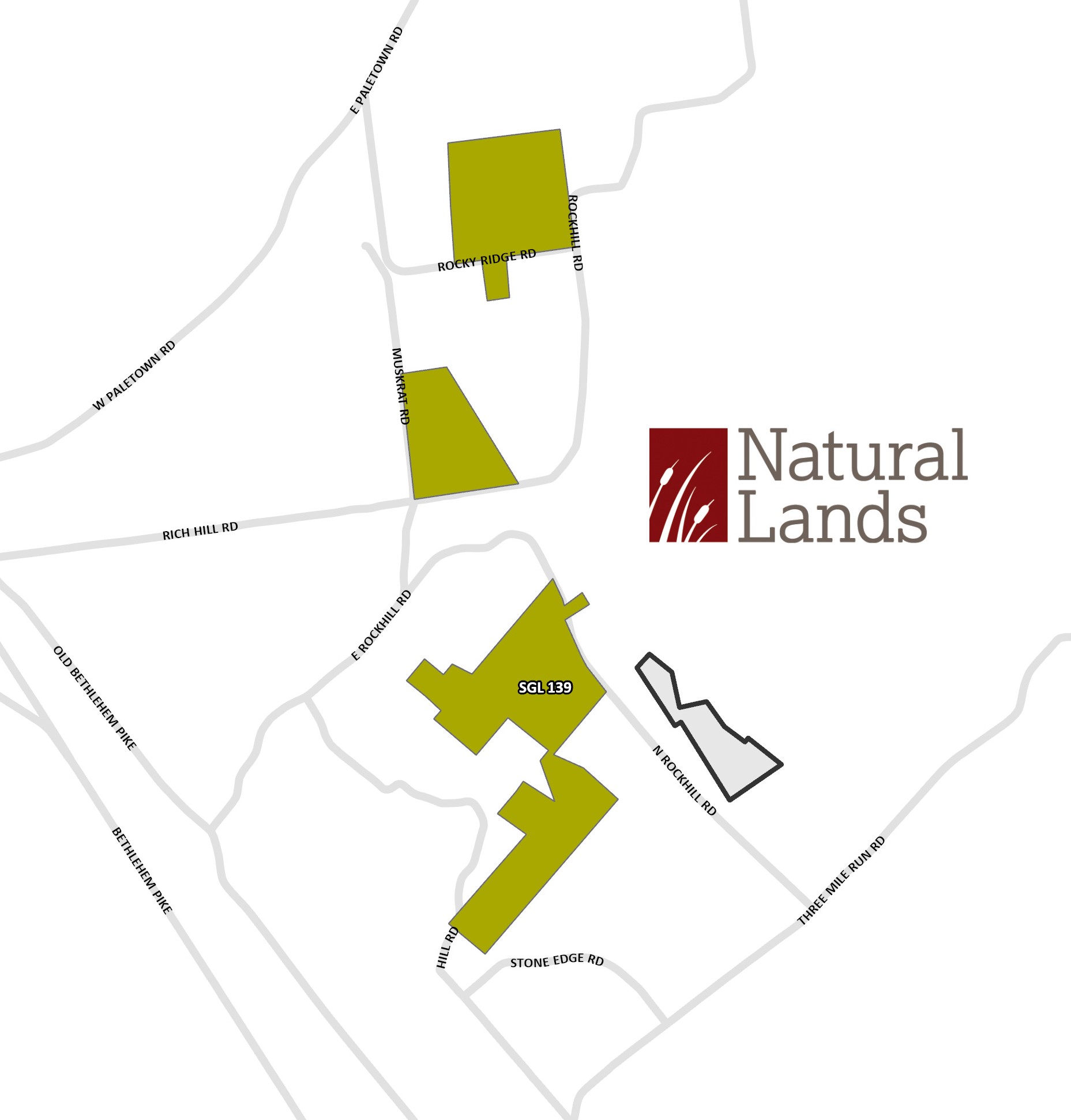Natural Lands Adds 31 Acres to William Penn State Forest and 29 Acres to State Game Lands #139 – Technologist
Natural Lands announced the preservation of two properties that were transferred to state agencies.
These properties provide critical habitat for migratory songbirds and other wildlife. The acreage will now be open to the public for visitation and recreation, and will never be developed.
The Manowczak Property, Natural Lands
The Manowczak Property
The first property is a 31-acre forested land in Robeson Township, Berks County. The land was purchased by Natural Lands from the Manowczak family and immediately transferred to the adjacent William Penn State Forest – Gibraltar Hill. This is the fifth addition to the Gibraltar Hill tract through Natural Lands’ conservation efforts.
The Manowczak property lies within the Schuylkill Highlands, a DCNR-designated region at the nexus of two landscapes that have been prioritized for protection: the Highlands and the Schuylkill River Watershed.
“The William Penn Forest District is pleased to work with neighbors and partners to enhance conservation on the landscape,” said Rick Hartlieb, assistant district forester with the PA Bureau of Forestry. “This acquisition will protect road frontage to the Gibraltar Hill tract and provided expanded opportunities to provide habitat improvements and expand the tracts trail network.”

Handschin property, Natural Lands
The Handschin Property
The second property is a 29-acre tract in East Rockhill Township, Bucks County. Natural Lands purchased the property from the Handschin family and will soon transfer it to the Pennsylvania Game Commission for addition to its 265-acre Game Lands #139.
It’s also a win for the thousands of visitors to these lands, as both properties will be available to the public for recreation, including hiking, bird watching, and hunting.
The Handschin property is also immediately adjacent to the 168-acre Perkasie Regional Authority (PRA) lands containing three public water supply wells. These wells derive their water supply from the underlying aquifer. In fact, ground water is the only available source of the water supply in the Perkasie area, so protection of the surrounding land—which allows rainwater to slowly seep into the ground and recharge the aquifer—is especially important to the nearly 13,000 customers PRA serves.
Former owner Chris Handschin said he held on to the property for so long because he couldn’t bear the idea of it being developed, so the conservation outcome has him “over-the-moon happy and grateful that this little patch of Eden will remain natural land.”
Mr. Handschin has a deep love of nature from growing up on the property. “I welcomed the mayapples and trout lilies in springtime and watched the deer scratch the velvet off their horns in fall. I adventured in the woods, made forts with fallen sticks, turned rocks to find spotted lizards, and witnessed mother rabbits raise their young. Millions of memories were formed here. This place was too special not to share with others.”
“Protecting and conserving any piece of land with all of these attributes is always a win for the public and wildlife, but even more important in highly developed landscapes where every acre protected is precious,” said Dave Gustafson, who heads the Pennsylvania Game Commission’s Bureau of Wildlife Habitat Management. “Natural Lands continues to step up and take the lead to conserve these valuable tracts of land for current and future generations.”
“More than half of Pennsylvania’s breeding birds are dependent on large, intact forests,” said Jack Stefferud, senior director of land protection for Natural Lands. “Woods that are fragmented into smaller plots by roads and developments favor predators that thrive along the edge of the forest, such as raccoons, snakes, Blue Jays, domestic cats, and Brown-headed Cowbirds. Anytime we can add acreage to existing forest like those held by the Bureau of Forestry and PA Game Commission, it’s a victory for conservation.”
Both projects were made possible by funding from the PA Department of Conservation and Natural Resources, Bureau of Recreation (via the Keystone Recreation, Park and Conservation Fund – LT); the Highlands Conservation Act; and the Open Space Institute. Acquisition of the Handschin property also received support from the PA Game Commission. Acquisition of the Manowczak property also received support from the PA Department of Conservation and Natural Resources, Bureau of Forestry and the Virginia Cretella Mars Foundation. The projects were also supported through the Open Space Institute’s Delaware River Revolving Loan Fund, which is made possible with funding from the William Penn Foundation. The Fund seeks to protect water quality in the Delaware River Basin.
“Protecting open spaces like these two properties is a core part of DCNR’s mission and we are pleased to see 60 acres added to Pennsylvania’s public lands,” DCNR Secretary Cindy Adams Dunn said. “We thank Natural Lands for the continued work to protect and conserve open spaces, as well as the Game Commission, U.S. Fish and Wildlife Service, Virginia Cretella Mars Foundation, and the Open Space Institute for supporting these conservation projects.”
Natural Lands is dedicated to preserving and nurturing nature’s wonders while creating opportunities for joy and discovery in the outdoors for everyone. As the Greater Philadelphia region’s oldest and largest land conservation organization, Natural Lands—which is member supported—has preserved more than 135,000 acres, including 40+ nature preserves and one public garden totaling more than 23,000 acres. Nearly five million people live within five miles of land under the organization’s protection. Land for life, nature for all. natlands.org.



